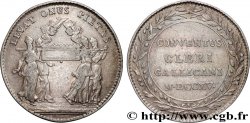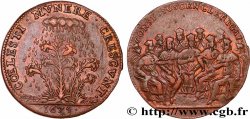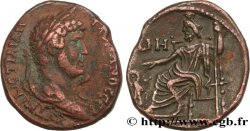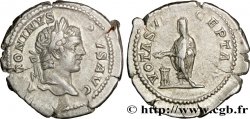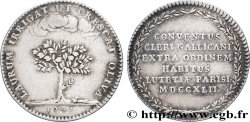fjt_1038503 - ASSEMBLÉE DU CLERGÉ ET JETONS RELIGIEUX Assemblée extraordinaire 1742
50.00 €约 409.00 CNY
数量
加入购物车

种类 Assemblée extraordinaire
日期: 1742
材质 silver
直径 30,5 mm
模子方针 6 h.
重量 10,16 g.
侧面 cannelée
印模 sans poinçon
稀少度 R2
关于品相的说明
Usure régulière. Présence de coups et rayures
出版目录中的项代码 :
正面
正面的文字 LAURUM IRRIGAT UT CRESCAT OLIVA ; À L'EXERGUE : 1742.
正面的说明书 Laurier sous la pluie.
正面的翻译 Elle arrose le laurier pour que l'olivier croisse.
背面
背面的文字 CONVENTUS CLERI GALLICANI EXTRA ORDINEM HABITUS LUTETIAE PARISI M D CC XL II.
背面的说明书 dans une couronne de laurier.
背面的翻译 Assemblée extraordinaire du clergé de Gaule tenue à Lutèce, ville des Parisiens en 1742.








 对产品描述纠错
对产品描述纠错 打印
打印 分享我的选择
分享我的选择 提问
提问 Consign / sell
Consign / sell
 产品介绍
产品介绍